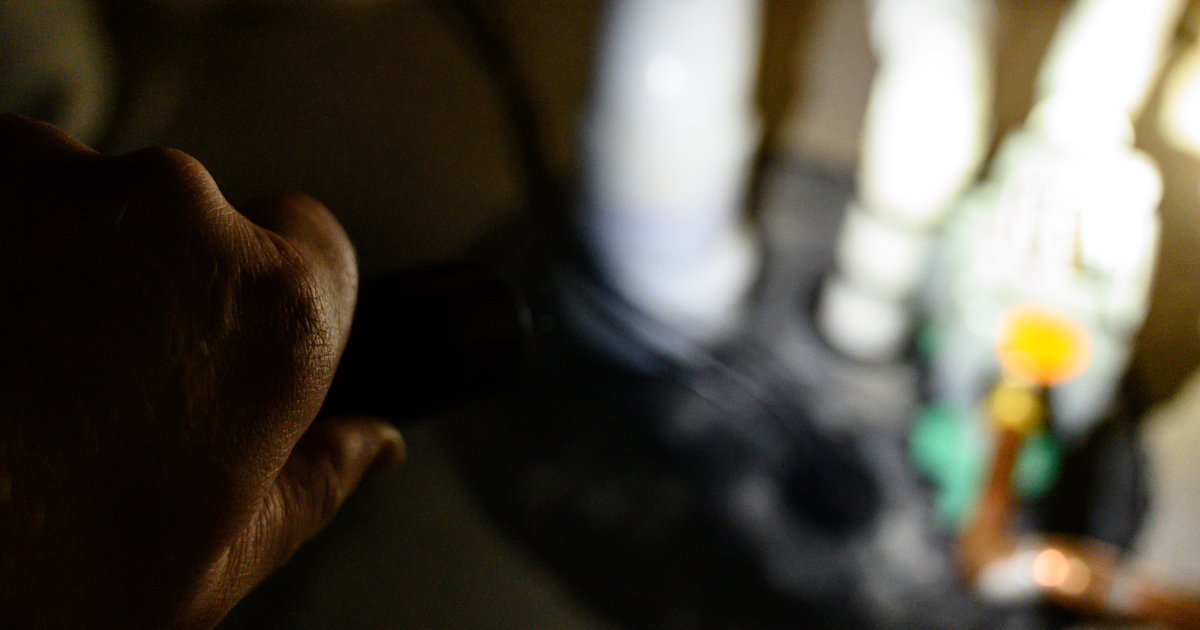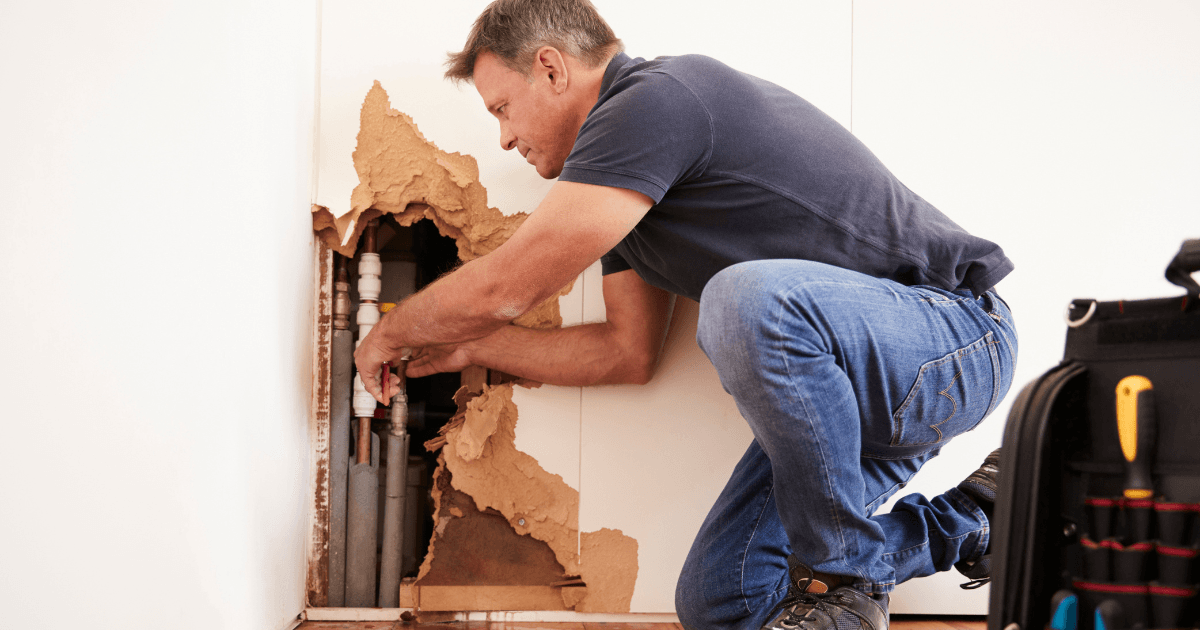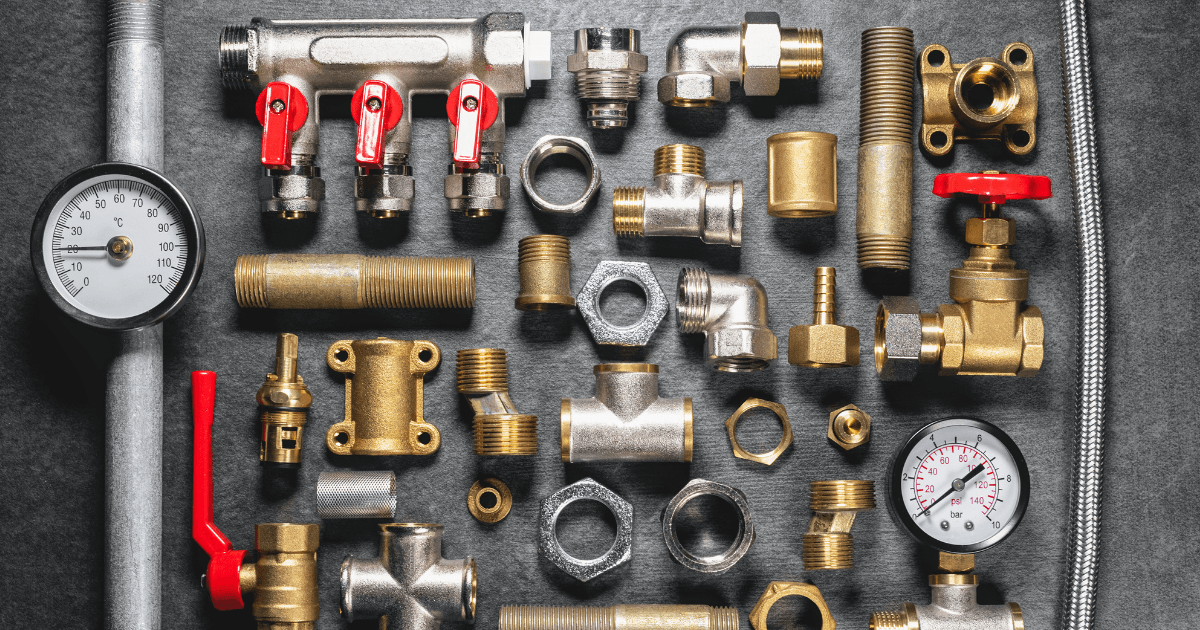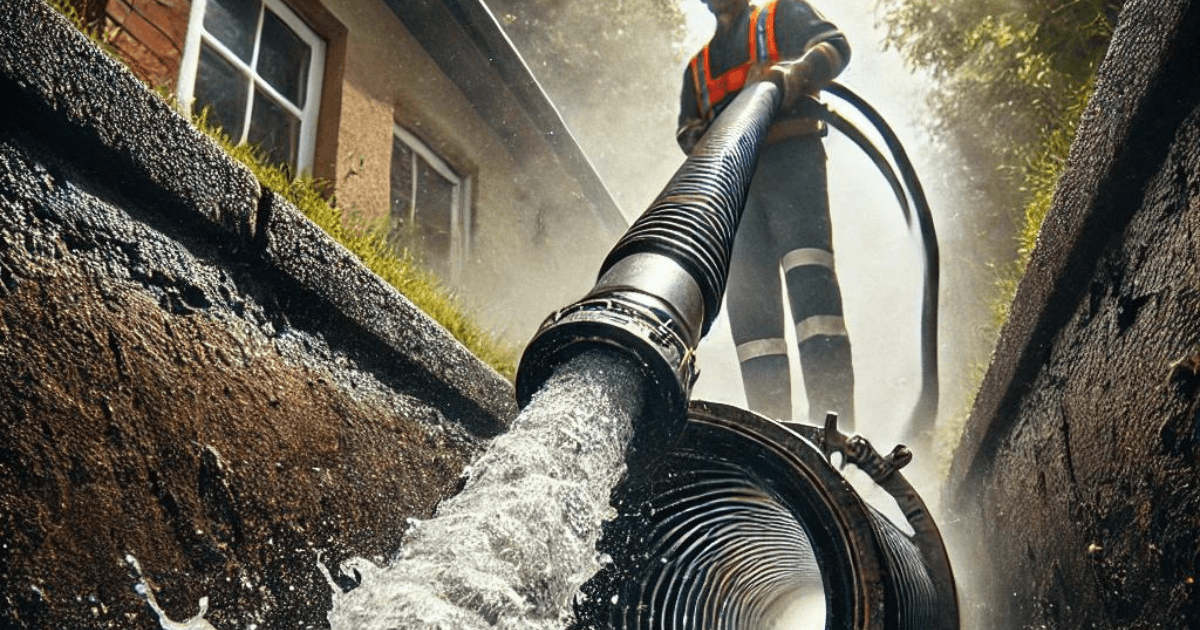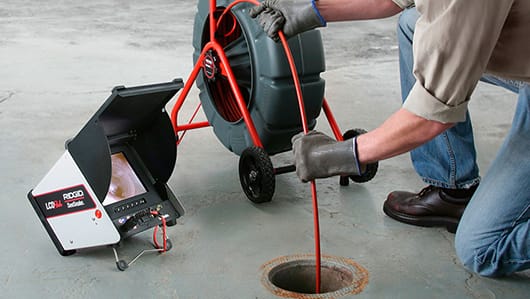Water management is a fundamental aspect of home infrastructure, particularly for homes with basements. While sump pumps are widely seen as necessary in flood-prone areas, a more thorough analysis reveals that every basement, regardless of location, can benefit from having a sump pump. This article will break down the decision-making process into fundamental components, allowing you to make the best choice for your home by understanding the core principles that govern water movement, pumping capacity, and long-term reliability. Using first-principles thinking, we’ll explore how to select a sump pump from the ground up, stripping away assumptions and rebuilding the argument based on essential factors.
Why Do You Need a Sump Pump?
Water Intrusion and Hydrostatic Pressure
To fully understand the necessity of a sump pump, it’s important to analyze the primary problem it solves: water intrusion. Water intrusion occurs when moisture accumulates around your home’s foundation and exerts hydrostatic pressure on the basement walls. Over time, this pressure forces water through small cracks in the foundation, resulting in a damp or flooded basement. This can happen during heavy rainfall, when snow melts, or in homes built near high water tables.
From first principles, water will always seek the path of least resistance, and basements—being the lowest part of the home—are natural collection points. A sump pump disrupts this natural movement by redirecting water out of the sump pit and away from the home, eliminating the problem at its core.
Types of Sump Pumps: A Systematic Comparison
Understanding the fundamental differences between the two main types of sump pumps is the first step in choosing the right one. These types are submersible pumps and pedestal pumps.
1. Submersible Sump Pumps
Design: Submersible pumps are placed inside the sump pit and are designed to function while fully submerged in water.
Principle: A submersible pump uses an impeller, powered by an electric motor, to create pressure that moves water from the sump pit and out through the discharge pipe. This method optimizes for both efficiency and quietness, as the water absorbs noise and vibrations.
Advantages:
- Higher capacity: These pumps can handle larger volumes of water, making them ideal for homes prone to flooding or with deep basements.
- Space-saving design: The pump sits in the pit, freeing up floor space.
- Quiet operation: Since the pump is submerged, noise is significantly reduced.
Disadvantages:
- More expensive: Submersible pumps typically cost more than pedestal pumps.
- Shorter lifespan: Due to being submerged, they are more susceptible to corrosion and wear.
Best For: Large basements, homes in flood-prone areas, or homes with high water tables.
2. Pedestal Sump Pumps
Design: Pedestal pumps sit above the sump pit, with only the pump base in the water. The motor remains dry and is located outside the pit.
Principle: These pumps operate based on a similar principle to submersible pumps but have a shaft that connects the motor above the pit to the pump below.
Advantages:
- Easier maintenance: Since the motor is located above the pit, it is easier to access and repair.
- Longer lifespan: The motor’s exposure to air reduces the risk of water damage, giving it a longer operational life.
- More affordable: Pedestal pumps generally cost less than submersible models.
Disadvantages:
- Noisier: Since the motor is exposed, pedestal pumps can be much louder during operation.
- Limited capacity: Pedestal pumps tend to have lower horsepower and are better suited for homes with moderate water issues.
Best For: Homes with small or shallow basements, moderate water tables, or those looking for a cost-effective option.
Sizing Your Sump Pump: A Capacity and Horsepower Breakdown
When choosing a sump pump, it’s essential to understand the pumping capacity and horsepower required for your specific situation. Here’s how you can break down these factors:
1. Horsepower (HP)
The horsepower of a sump pump determines how much water it can move per minute. Pumps typically range from 1/4 HP to 1 HP.
- 1/4 HP: Suitable for small basements with minimal water intrusion.
- 1/3 HP: The most common size for residential use, capable of handling a moderate water load.
- 1/2 HP and above: Ideal for larger basements or homes in high-risk areas with significant water accumulation.
First-Principles Insight: The key to selecting the right horsepower lies in understanding that higher HP pumps can move more water but require more power to operate. Therefore, for a home with minimal water intrusion, a smaller HP pump will be more energy-efficient.
2. Gallons Per Hour (GPH) or Gallons Per Minute (GPM)
Another critical factor is the flow rate, which indicates how quickly a pump can move water. The flow rate is measured in gallons per hour (GPH) or gallons per minute (GPM).
Calculation Example: If you live in a region that experiences heavy rain, and your sump pit collects significant water quickly, you may need a pump that moves 2,500 – 3,000 GPH at a 10-foot lift (the height the water needs to be moved).
Choosing GPH: Determine the depth of your basement, the typical volume of water during flooding, and the distance the pump needs to move water vertically. Pumps with higher GPH ratings are necessary for deeper basements or homes with high water tables.
Environmental Considerations: Choosing Based on Location
Climate and Water Table Impact Homes in areas with high groundwater or regions prone to heavy rainstorms need to prioritize capacity and durability. In colder climates, where discharge pipes are susceptible to freezing, selecting a sump pump with freeze-resistant features, or insulating the pipes, can prevent costly malfunctions.
Regions Prone to Power Outages
In locations where power outages are common during storms, consider a sump pump with a battery backup system. This prevents water from flooding the basement when the power is out, and the primary pump stops working.
Backup Systems: Safety and Reliability Redefined
A core principle of any sump pump system is redundancy. Just like having a backup plan in any critical system, having a battery or water-powered backup pump can mean the difference between a dry basement and a flooded one during power outages or primary pump failures.
Battery-Powered Backups
Battery backup systems run on batteries when the main pump loses power. They kick in when water levels rise, providing a critical safety net during storms.
Key Benefits:
- Reliable during power outages.
- Prevents flooding during primary pump failure.
- Automatically activates when the primary pump fails.
Water-Powered Backups
Water-powered systems use the home’s municipal water supply to power the pump. These systems are effective in areas with consistent water pressure but should not be used if your home relies on a well, as they will drain the water supply.
Key Benefits:
- No reliance on electricity.
- Low maintenance.
- Ideal for homes with reliable city water.
Long-Term Durability: Material Construction Matters
The durability of a sump pump depends on its construction material. The most common materials are cast iron, stainless steel, and thermoplastic. Understanding their benefits and limitations is crucial for making an informed decision.
- Cast Iron: Known for its durability and heat dispersion, cast iron pumps are long-lasting but more expensive.
- Stainless Steel: Resistant to corrosion, making it ideal for homes with hard water or corrosive environments.
- Thermoplastic: Lightweight and affordable, but less durable over time compared to metal options.
First-Principles Insight: The more durable the material, the better it will withstand harsh conditions and extend the pump’s lifespan, reducing the need for frequent replacements or repairs.
Conclusion: Optimizing for Long-Term Performance
Choosing the right sump pump for your basement is more than just selecting a brand—it’s about understanding your home’s unique conditions and applying first principles to address the core issues of water intrusion and protection. Whether you prioritize capacity, durability, or reliability during power outages, choosing a sump pump tailored to your environment and needs ensures long-term peace of mind.
By deconstructing the assumptions about sump pump selection and rebuilding the argument based on horsepower, capacity, material construction, and environmental fit, this approach ensures that your choice is not only effective today but also remains a smart investment for the future. Don’t just choose a sump pump; choose the right sump pump for your home.
FAQ: How to Choose the Right Sump Pump
1. How often should I replace my sump pump?
Typically, sump pumps should be replaced every 7-10 years, but regular maintenance and monitoring can extend their lifespan.
2. What horsepower sump pump do I need?
A 1/3 HP pump is sufficient for most homes, but if your basement experiences significant flooding or has a large area, you may need a 1/2 HP or 1 HP pump.
3. Should I install a battery backup system?
Yes, especially if you live in an area prone to power outages or frequent storms. A battery backup ensures the pump keeps working when the power is out.
4. Do I need a backup system for my sump pump?
Yes, a backup system is highly recommended, especially in areas prone to power outages or during severe storms when your primary sump pump may be overworked. There are two main types of backup systems:
- Battery-Powered Backup: This will keep the sump pump running when the power goes out, typically for 7-12 hours, depending on the battery size.
- Water-Powered Backup: This system uses the pressure from your municipal water supply to operate without electricity, providing an unlimited source of power during outages, as long as your water system is functional.
5. What maintenance is required for a sump pump?
Regular maintenance is essential for extending the lifespan and ensuring the reliability of your sump pump. Here’s what to include in your routine:
- Monthly: Test the pump by pouring water into the sump pit to ensure it activates and drains correctly.
- Annually: Inspect the pump for any wear, clean the sump pit of debris, and test the backup system (if installed). Also, ensure the discharge line is clear and the check valve is functioning properly.
- Every 2-3 Years: Consider a professional inspection to check for any mechanical issues or signs of potential failure.
6. How long does a sump pump last?
On average, a sump pump lasts between 7 to 10 years, depending on usage and maintenance. Submersible pumps typically have a shorter lifespan than pedestal pumps because they operate in more challenging conditions (i.e., submerged in water).
7. What size sump pump do I need for my basement?
The size of the sump pump depends on the size of your basement and the volume of water it needs to handle:
- For smaller basements or minimal water intrusion, a 1/3 HP sump pump should suffice.
- For larger basements or homes in flood-prone areas, a 1/2 HP to 1 HP pump is recommended. The pump’s GPH or GPM ratings should also be considered to ensure it can handle the water volume efficiently.
8. Can I install a sump pump myself?
Yes, installing a sump pump can be a DIY project if you are comfortable with basic plumbing and electrical work. However, if you’re unsure or need a more complex installation, hiring a professional is advised to ensure proper setup, including correct positioning of the sump pit, discharge pipe, and any backup systems.
9. How far should a sump pump discharge water?
To avoid water flowing back into your basement, the discharge pipe should direct water at least 10-20 feet away from your home’s foundation. Ensuring proper grading and using a longer discharge pipe with a slight slope will help prevent water from accumulating near the foundation.

